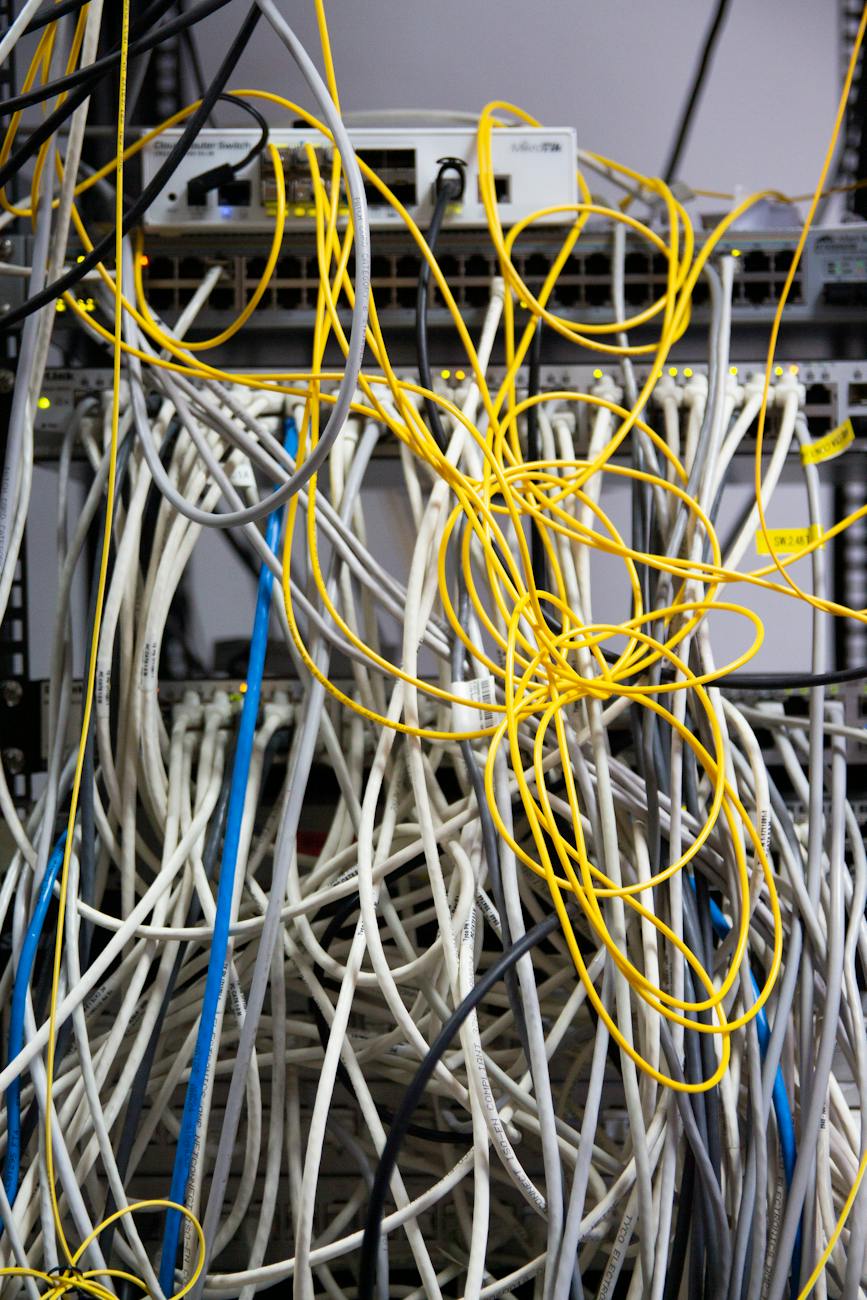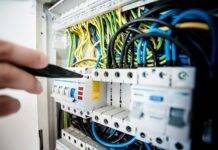
Electrical Cord Management: Safeguarding Against Overloading and Tripping Hazards
Introduction
In the modern world, where electronic devices are an integral part of our daily lives, effective electrical cord management is crucial for both safety and convenience. Overloaded power outlets and tangled cords not only pose a risk of electrical fires but also create tripping hazards. This article explores essential practices for electrical cord management, emphasizing the importance of preventing overloading and minimizing tripping risks.
Understanding the Risks of Overloaded Power Outlets
- Fire Hazards
- Overheating Concerns: Overloading power outlets can lead to overheating, increasing the risk of electrical fires.
- Deterioration of Wiring: Continuous overload can deteriorate the insulation on wiring, further heightening the fire hazard.
- Electrical System Strain
- Voltage Fluctuations: Overloaded circuits may experience voltage fluctuations, impacting the performance of connected devices.
- Breakdown of Appliances: Consistent overloading can lead to the breakdown of appliances and electronic devices connected to the circuit.
Best Practices for Preventing Overloading
- Load Calculation
- Know Power Ratings: Understand the power ratings of your devices and appliances to calculate the load on a circuit accurately.
- Distribute Loads: Distribute devices across different circuits to avoid concentrating loads on a single outlet.
- Use of Power Strips and Surge Protectors
- Surge Protection: Employ surge protectors to safeguard devices from voltage spikes and provide additional outlets.
- Avoid Daisy Chaining: Refrain from daisy-chaining multiple power strips, as it can lead to overloading and defeat the purpose of surge protection.
- Unplug Unused Devices
- Energy Conservation: Unplug devices that are not in use to conserve energy and reduce the load on electrical circuits.
- Prevent Standby Power Draw: Many devices continue to draw power even when turned off, contributing to unnecessary loads.
Tripping Hazard Prevention
- Cord Organization
- Cable Management Solutions: Invest in cable organizers, clips, or cable ties to keep cords organized and prevent tangling.
- Labeling: Label cords for easy identification, reducing the risk of accidentally unplugging essential devices.
- Strategic Placement
- Avoid Walkways: Keep cords away from walkways and high-traffic areas to minimize the risk of tripping.
- Secure to Walls or Floors: Use cable clips or secure cords to walls or floors to prevent them from becoming tripping hazards.
- Cord Length Considerations
- Use Appropriate Lengths: Use cords of appropriate lengths to avoid excess slack, reducing the likelihood of tripping.
- Coil Excess Lengths: Coil and secure excess cord lengths to maintain a tidy and safe environment.
Safe Practices for Outdoor Cord Management
- Weather-Resistant Cords
- Choose Suitable Cords: Use weather-resistant extension cords for outdoor applications to prevent damage from exposure to the elements.
- Elevate from Ground: Elevate outdoor cords from the ground to avoid water exposure and potential tripping hazards.
- Regular Inspections
- Check for Wear and Tear: Regularly inspect cords for signs of wear, fraying, or damage, and replace them promptly.
- Weatherproof Outlets: Install weatherproof outlets for outdoor use to enhance safety during adverse weather conditions.
Educational Initiatives and Awareness
- Employee Training
- Safety Training Programs: Implement safety training programs for employees to educate them on the importance of electrical cord management.
- Reporting Procedures: Establish procedures for reporting damaged cords or potential hazards promptly.
- Home Safety Tips
- Educational Resources: Provide educational resources for homeowners on safe electrical practices at home.
- Childproofing Measures: Advocate for childproofing measures, such as securing cords out of reach, to protect young children from potential hazards.
Conclusion
Effective electrical cord management is integral to maintaining a safe and functional environment, both at home and in workplaces. By preventing overloading, minimizing tripping hazards, and promoting awareness through educational initiatives, individuals can contribute to a safer and more efficient use of electrical devices. Prioritizing these practices ensures not only the longevity of electronic equipment but also the well-being of those interacting with the electrical infrastructure.
Electrical Hazards and Control Measures
Electrical Safety Toolbox Talks
How to Make JSA for Electrical Activity
How to Make HIRA on Electrical Safety?
Frequently Asked Questions (FAQs)
- Why is preventing overloading important in electrical cord management?
- Overloading can lead to fire hazards, electrical system strain, and breakdown of connected devices. Preventing overloading ensures safety and optimal performance.
- What are the best practices for preventing overloading?
- Best practices include calculating loads accurately, using power strips and surge protectors, and unplugging unused devices to distribute loads across different circuits.
- How can tripping hazards be minimized in electrical cord management?
- Tripping hazards can be minimized by organizing cords with cable management solutions, strategic placement, and considering cord lengths appropriately to avoid excess slack.
- What are the considerations for outdoor cord management?
- Outdoor cord management involves using weather-resistant cords, regular inspections for wear and tear, elevating cords from the ground, and installing weatherproof outlets.
- Why is education and awareness important in electrical cord management?
- Educational initiatives and awareness programs help individuals understand the risks associated with poor cord management and promote safe practices at home and in workplaces.
























